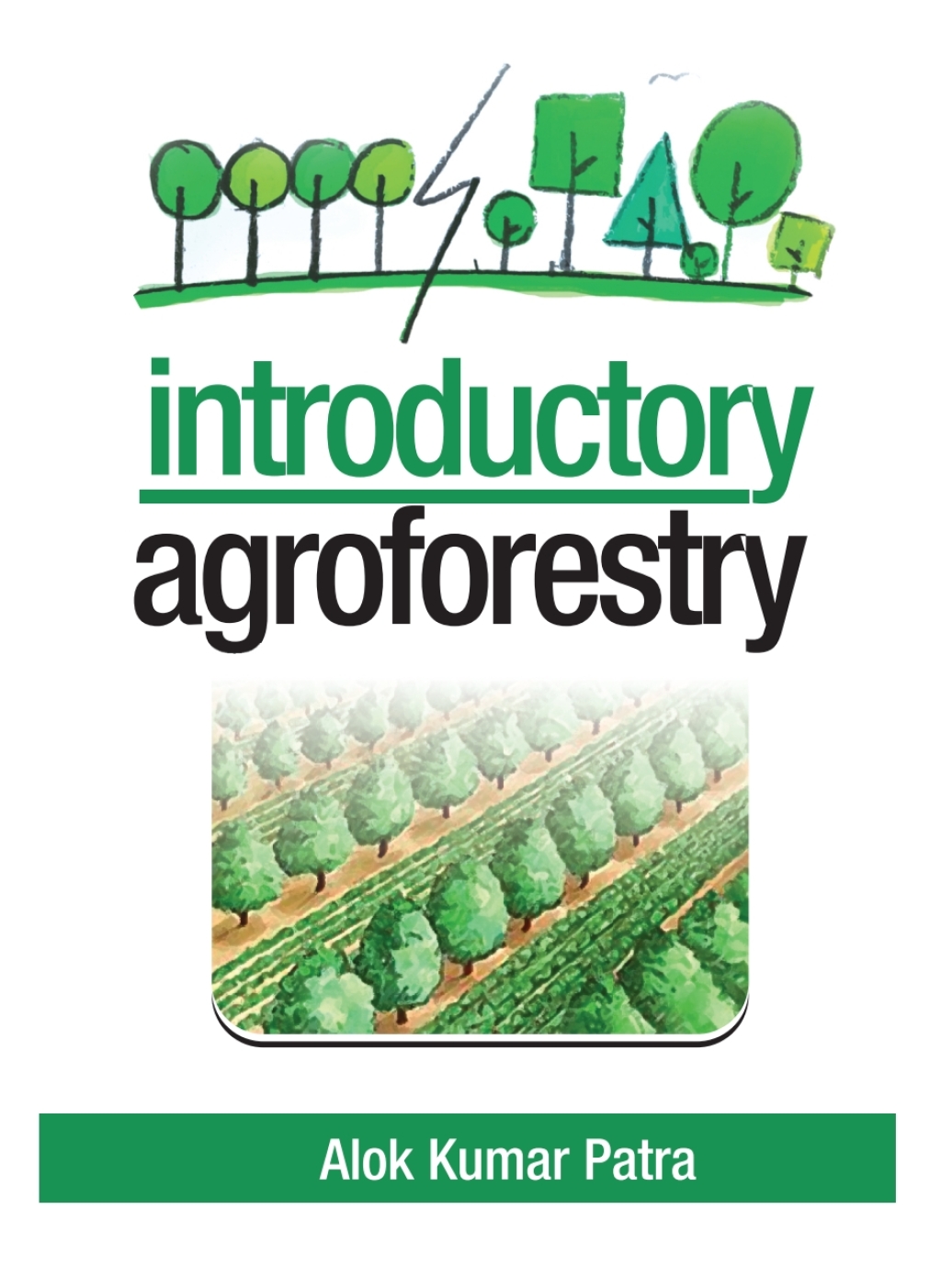The origins of agroforestry, which entails cultivating trees, shrubs, food crops, and grasses together, are deeply rooted in tradition. However, the scientific study of agroforestry is a relatively recent development. Extensive experience and experimentation have demonstrated that agroforestry, as a land-use system, is capable of producing both food and wood while simultaneously promoting the conservation and rehabilitation of ecosystems. It enhances the overall land productivity, maintains soil nutrient balance, and most importantly, safeguards the environment.
In light of its growing significance, agroforestry has been recommended as a core subject in the curricula of B. Sc. (Forestry) and B. Sc. (Agriculture) programs at agricultural universities. This book has been organized into ten comprehensive chapters that cover all aspects of agroforestry, including its historical background, fundamental concepts, system classification, tree-crop interactions, planning and management, diagnosis and design, policy and project implementation, and propagation and management practices for multipurpose trees.










